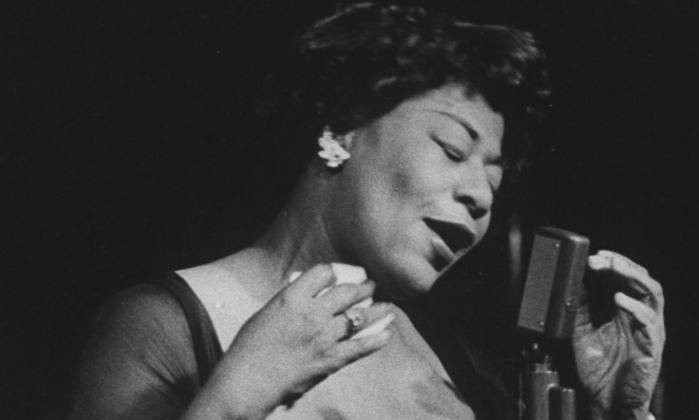Timeless Elegance
Ella Fitzgerald's rendition of "It's De-Lovely" captures the timeless elegance and charm of the 1930s. This piece, with its intricate melodies and Fitzgerald's enchanting vocals, transports listeners to a bygone era of sophistication and grace. Her interpretation showcases her incredible range and ability to infuse emotion into every note, making it a standout in her extensive discography.
Historical Context and Impact
Originally written by Cole Porter, "It's De-Lovely" first appeared in the 1936 musical "Red Hot and Blue." The song quickly became a standard, reflecting the cultural vibrancy of the era. Fitzgerald's version stands out for its jazz-infused arrangement, which highlights the swing era's influence. This track contributes significantly to the cultural impact of jazz music, symbolizing a period where music was a form of escape and expression during the Great Depression.
A Unique Interpretation
An interesting fact about this song is how Fitzgerald's version brought a unique jazz flair that distinguished it from other renditions. Her ability to blend smooth vocal lines with a lively, swinging rhythm created a fresh listening experience that remains captivating to this day. The track's intricate arrangement and Fitzgerald's effortless delivery showcase her status as one of the most influential jazz vocalists of her time.
Legacy and Modern Relevance
This song has inspired countless cover versions by artists across different genres, demonstrating its enduring appeal. From full orchestral arrangements to intimate acoustic covers, "It's De-Lovely" continues to resonate with musicians and audiences alike. Its relevance today lies in its timeless melody and the universal emotions it conveys, ensuring its place in the pantheon of classic jazz standards.



Comments (0)